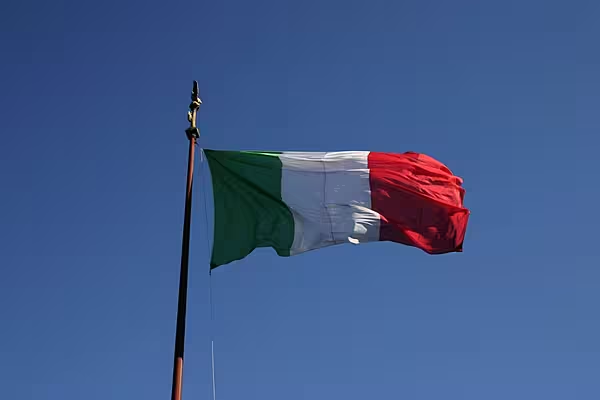Grocery shopping is cheaper in Northern Italy than in Southern Italy, with the gap between Italian cities exceeding €1,200 per year.
This emerges from the Altroconsumo annual survey of supermarkets, hypermarkets and discounters in 67 Italian cities across 20 regions of the country.
The survey was carried out in 1,017 stores, analysing almost 1.2 million prices for 115 of the most consumed products in Italian households, according to Istat data.
It showed that due to increased competition in the Italian retail market, savings on a single product can reach up to 160% .
Regional Differences
The ten cheapest cities are all found in North Italy. Vicenza came out on top, with the average value of grocery shopping reaching €5,378 per year, compared with the 2016 national average of €6,300.
Cities in northeast Italy are leading the way, with below-average figures also seen in Pordenone (€5,405), and Treviso (€5,440).
In Cuneo, consumers shopping exclusively in the cheapest supermarket instead of the most expensive one will save €1,284 per year, which is more than Turin (€1,246), Rome (€1,200) and Milan (€1,000).
On the other hand, in Reggio Calabria, the maximum saving only amounts to around €200, while consumers spend nearly €6,400 in the cheapest store - €100 above the national average.
The ten most expensive cities are all located in Central and South Italy, with the exception of Aosta. Messina emerges as the most expensive city in Italy to do grocery shopping, at €6,510 per year.
In terms of retailers, Auchan was named as the most convenient supermarket and the cheapest for private label products, Esselunga as the most economical for branded products, and Lidl as the most convenient discounter.
© 2017 European Supermarket Magazine – your source for the latest retail news. Article by Branislav Pekic. Click subscribe to sign up to ESM: The European Supermarket Magazine.











